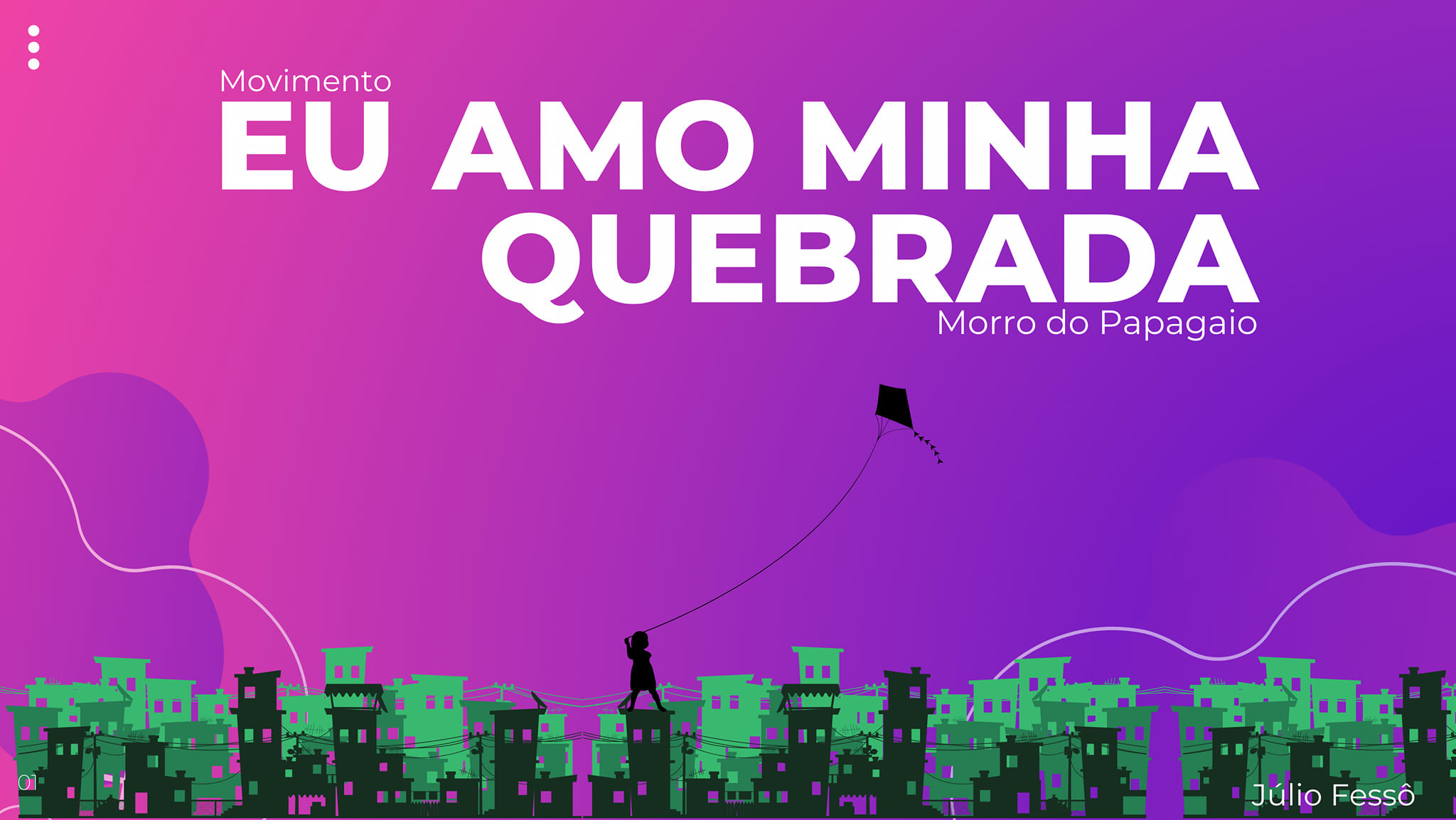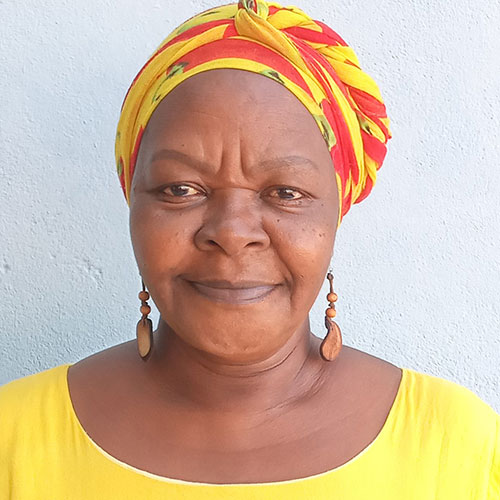Favelarte Institute receives exhibition “Morro da Favela à Previdência de Canudos”
In 2017, Maurício Hora held the photography exhibition “Morro da Favela à Providência de Canudos” at BNDES-Banco Nacional de Desenvolvimento Social through a public notice. For those of you who haven't seen the exhibition yet, now's your chance to find out - it's happening at Instituto Favelarte! Find out more in the article below.


Favelarte is an institution that houses photo exhibitions and audiovisual projects to tell the story of Gamboa and the region of Rio de Janeiro. In order to promote the history and rescue memories of the region, in addition to projects that raise the self-esteem of the local population, the Institute presents the exhibition “Morro da Favela à Previdência de Canudos” with photos and videos that won the National Development Bank competition. (BNDS) of 2017.
Residents who have not yet seen the exhibition “Morro da Favela à Previdência de Canudos”, by Maurício Hora, now have the possibility to visit the works at the Favelarte Institute, in Gamboa. The exhibition is an exhibition of photos and videos that draw a parallel between Morro da Providência, in Rio de Janeiro, and the Guerra dos Canudos, in the Sertão of Bahia. The exhibition appears to tell how the Morro da Providência favela was born and its connection with the Canudos War, which began in 1896 and ended in 1897.
“It is a beautiful exhibition, which, in addition to rescuing history, is a victory for the region. Because, in 2017, it awarded us second place in a national competition, whose prize was to exhibit within the BNDS, where we obtained the second highest number of visitors”, says Hora.
Open to the public, Favelarte is mainly focused on photography and audiovisual, but also follows the line of research. The shed houses exhibitions open to the public, as well as photography courses that allow the execution of other projects. Due to the high demand in telling the stories of the region, it also presents several works on the port area of Rio, for example, with projects that focus on the issue of self-esteem.
The exhibition “Morro da Favela à Previdência de Canudos”
The photographer Maurício Hora tells a little about the story, that when the Canudos War ended and the soldiers came to the capital, at the time it was Rio de Janeiro, and the Ministry of War was in the barracks in front of Central do Brasil. Arriving here, the soldiers were not paid, so they went to the lands of a colonel at the foot of what was then Morro do Livramento. They began to climb the hill to which they named Morro da Favela and began to build housing, today, Morro da Providência. The name favela is due to a place in Canudos where, to win the war, soldiers had to climb the so-called Alto da Favela. Upon arrival, they placed a cannon that helped them win the war. Because they experienced more or less the same situation as the one they were fighting, they named it Morro da Providência.
Mauricio declares that Providência is a favela of resistance that is, today, within a quilombola territory. Pedra do Sal, which goes from Praça Mauá to Caju, in the Port Zone, known as Little Africa, in downtown Rio de Janeiro. According to photographer Maurício Hora, people from the favelas should be aware that “favela” is not a pejorative term and should be proud of their history.
The author Maurício Hora
A 52-year-old resident of Morro da Providência, in Rio de Janeiro, Maurício Hora is a photographer and photography teacher. Founder of the Favelarte Institute, he started photographing at the age of 12, and says he has always had and still has photography as a guide in his life. Photography is used by Maurício as a transformation tool.

The Favelarte Project
Maurício began his research work inside Morro da Providência in 1994, when he noticed the very rich history, but without a recorded memory. He had little collection and when looking, he discovered interesting materials, but he didn’t have the resources to acquire the photos. Observing an increasing wealth of information about the favela, he saw that the vast majority was in the past, it was then that he felt the need to record what was happening at that moment and began a photographic work within that territory.
In the beginning, Favelarte was born as a site to publicize work research and talk about Morro da Providência, but then he realized that there was a great need to interact with other institutions and only with the site it would not be possible, discovering the need for institutionalization.
“The photography work was very difficult, of course, but it was interesting because this work spread throughout the territory, including the Port Zone. And these photographs also began to be used as a transformation tool for the entire region. For example, there were demands from the Residents’ Association with the City Hall for more than six months, but no one solved the problem, so I started working with these demands, I took photos of the existing problems and in a matter of hours everything was solved”, says Hora. .
When the Morro da Providência Favela completed 100 years of existence, in 1997, Maurício Hora, who was already working with the Black Movement, was invited by “Cobrinha”, Hilton Santos Almeida, then director of the José Bonifácio Cultural Center, and by Neia Daniel, as Curator of the exhibitions “Cem Anos da Providência”, “90 Anos de Cartola”, “75 anos de Mangueira” and “Mestre Salas dos Mares”, in honor of João Cândido and Tia Carmem, who had the same line of work as the Tia Ciata Institution, important promoter of culture.
Recently, Hora participated in the exhibition “Casa Carioca”, at the Museu de Arte do Rio (MAR), with the exhibition “Morro da Favela à Previdência de Canudos”, an exhibition that was shown at the BNDS, in downtown Rio, in 2017. exhibition is in Favelarte, open to the public to tell the story between Morro da Providência and the Guerra dos Canudos, Sertão da Bahia.
Favelarte in the future
The creation of the cooperative “Zona Imaginária, Espaço Coletivo de Criação e Artes”, Favelarte’s right-hand man, was conceived by Maurício Hora and Alexandra Rock, a working and life partner. According to him, external support from supporters of the cause is needed, because in addition to expansion, they are trying to compete and win project notices. At the moment, the initiative uses data from Favelarte, but does not have the financial resources to cover the expenses of a registry. “I invite people who want to come as partners to think about projects together, be a cooperative member, intern or form a team to develop projects. We accept donations of equipment that are in a position to be used in a professional and competitive way in the photographic market, or any other type of support, including financial support”, says Hora.
The idea is to make photography students help in the creation of this new cooperative, be part of it and become the owners as well. The objective is to teach photography classes in a studio with advanced technology and good quality equipment. Thus, students will have a structure so that they can enjoy learning in all areas of photography and, when there is a demand for services, any cooperative member can perform these services.
Favelarte is located at Rua Pedro Ernesto, 61, Gamboa, downtown Rio de Janeiro. More information on Facebook do Favelarte and on Instagram de Mauricio Hora, or email: mauhora68@gmail.com.
Bank details for donations
Agency: 0001
Account: 1147415-6
Institution: 403 – Cora SDC
Company Name: Maurício Hora Produções





